THE 6 THINGS I WAS TOLD TO DO IN DUBLIN
I have been religiously following Patricia along her journey in the book she wrote. And regardless of how boring it may seem or how expensive it may be, I’ve always made an effort to do it. But not all the experiences have been great and she disappoints me about 15% of the time. So, as I follow in her footsteps, I’m always willing to share my honest and personal opinion about everything she has recommended. This time around, it’s all about Dublin history. Here are the six things that Patricia has recommended doing in Dublin, and what I really thought of it:
#1 1916 Rebellion Walking Tour
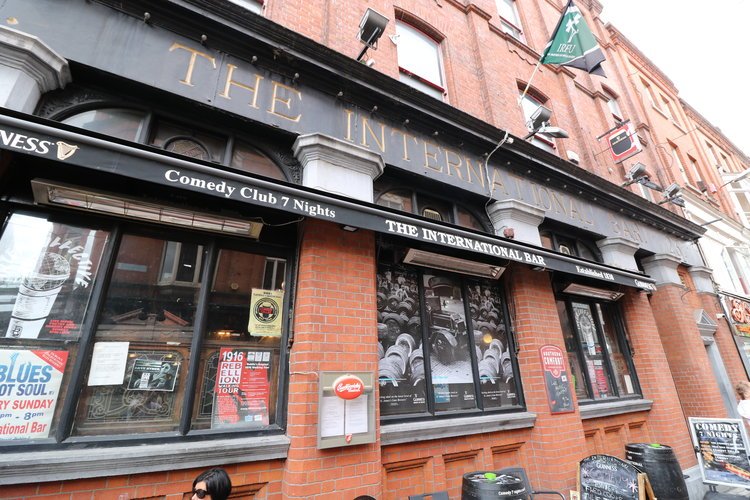
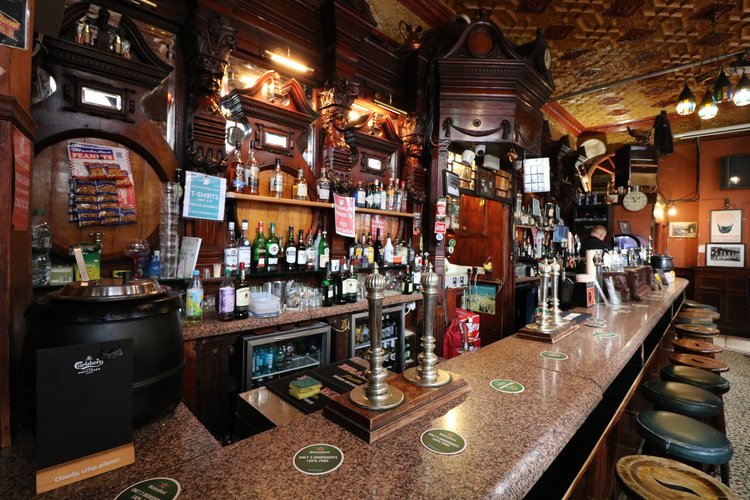
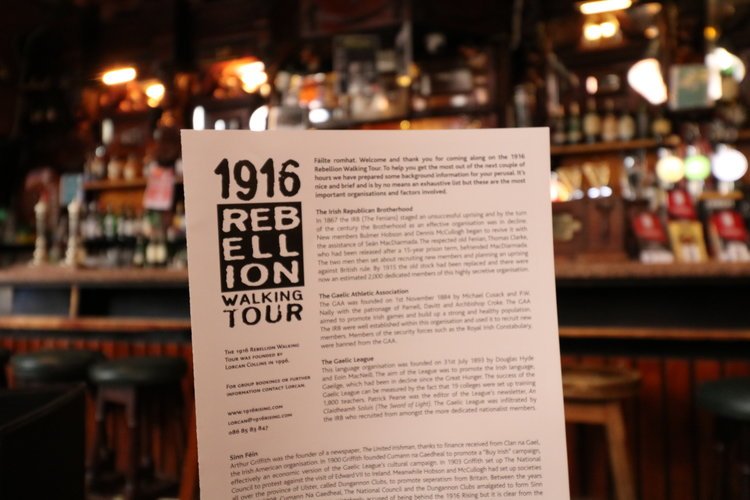
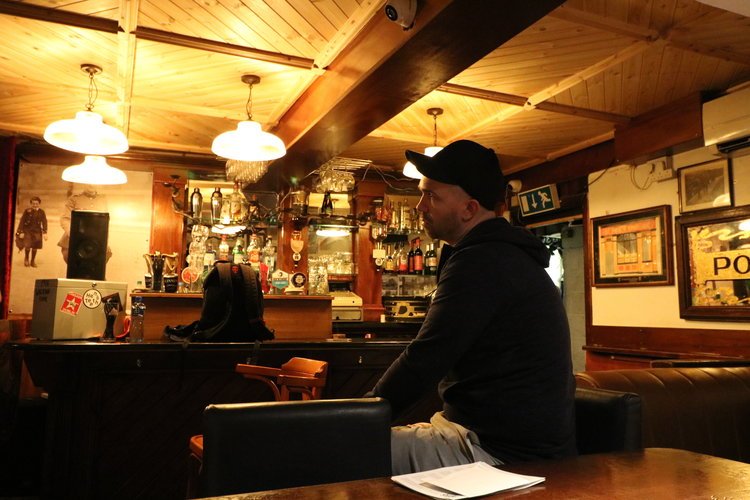
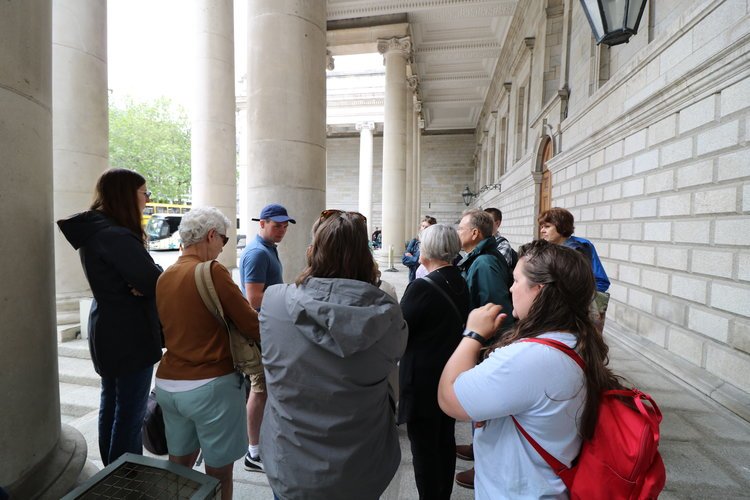

I think before you do any other historical tour or site visit in Dublin, you should definitely take this 2-hour tour to give you an in-depth overview of the most significant historical event in Irish history. We took this tour right after arriving on a red eye flight, so we did not absorb all the information the guide was spewing out, but it really laid the groundwork out for the other visits we did during our stay. Because you will be hearing about this 1916 Rebellion all throughout the city, it’s advisable to take in as much information on this tour as possible. If you do the tour, a few things to know about the tour: 1) the meeting point is at The International Bar, 2) some of the tour guides might have thick Irish accents (listen carefully!), and 3) they visit the G.P.O. on this tour so you don’t need to visit that site separately.
#2 General Post Office

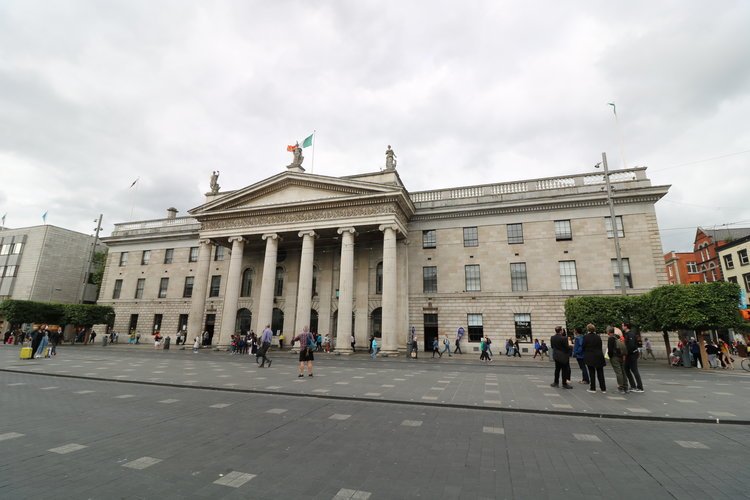
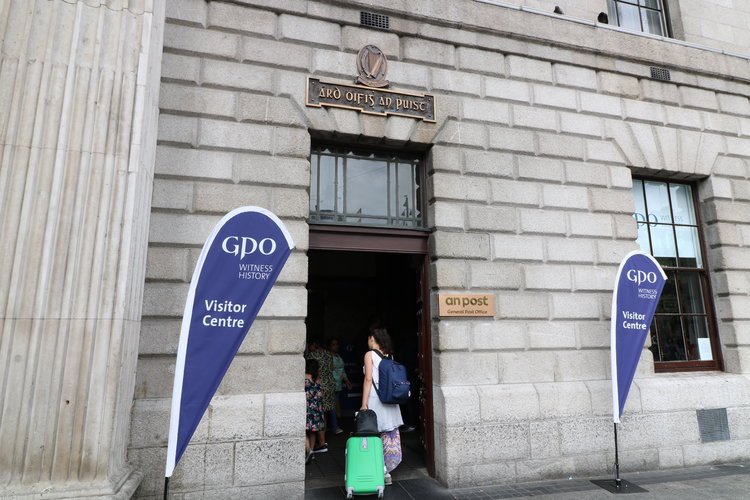
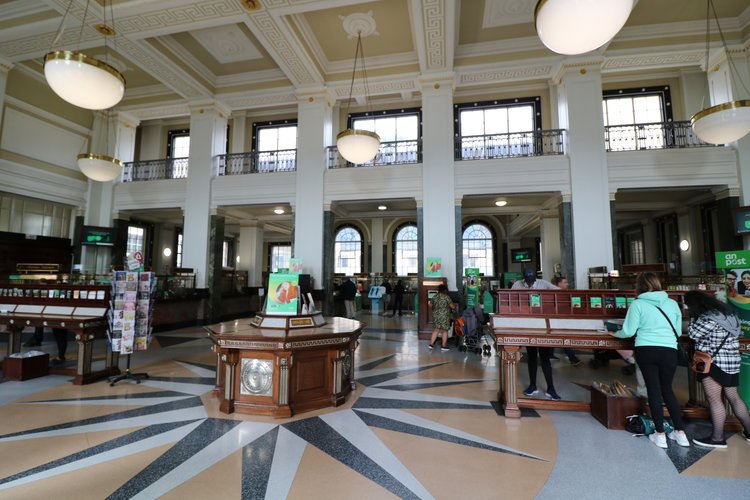

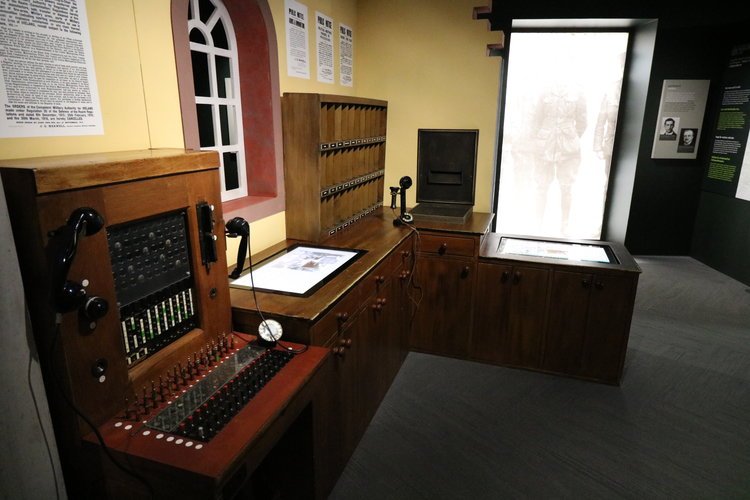
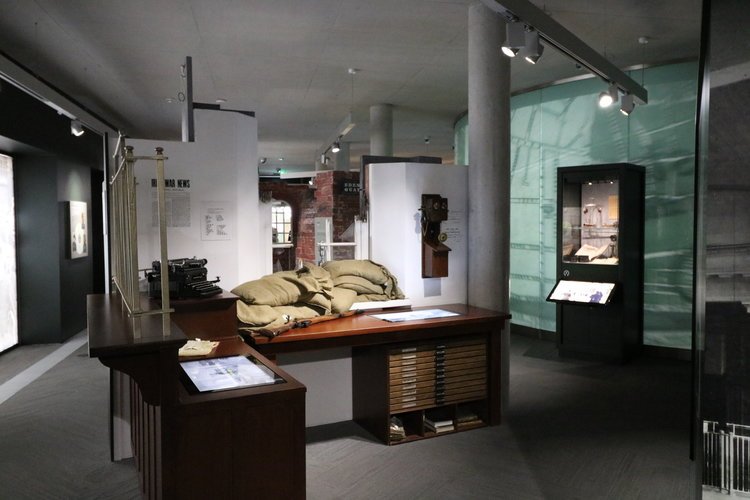
And speaking of the G.P.O. (General Post Office), this was the second site that Patricia recommended seeing. It still operates as a post office for Dublin, but it’s historical significance was from it being the Rebellion leaders headquarters for the Easter Rising. It’s a pretty grand post office compared to the ones you see in the U.S., and since you’ll visit it on the walking tour, it won’t be a hassle to see it. It’s also located in the heart of Dublin, so you might walk past it regardless. The museum downstairs wasn’t worth the admission fee to me, but Dixon thought it was interesting. Again, it was a bunch of exhibits and displays of the Easter Rising. If you’re already on a tour all about the Rebellion, I didn’t seem to think the exhibits explaining the minute details of the Rebellion added any additional informational value. And, if you’re into writing postcards, this would be a great place to do that. There were plenty of writing stations, postcard stands, and writing materials for you to write letters back home.
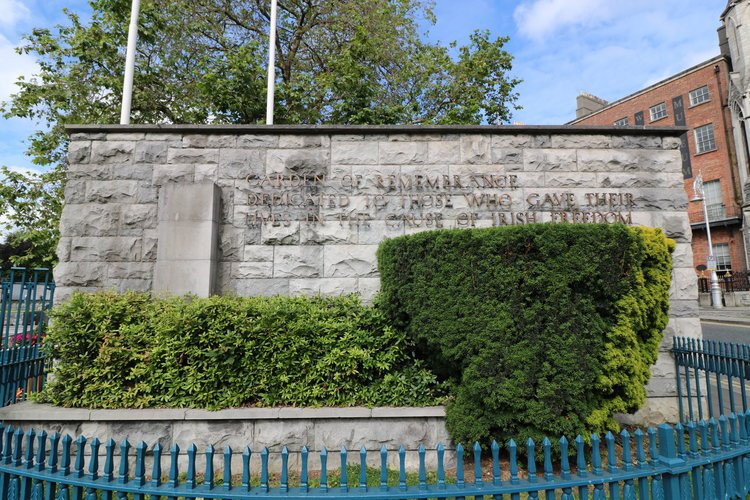

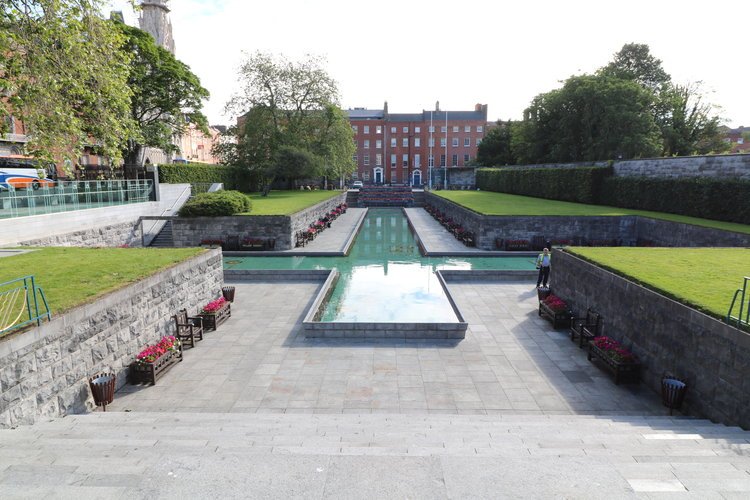
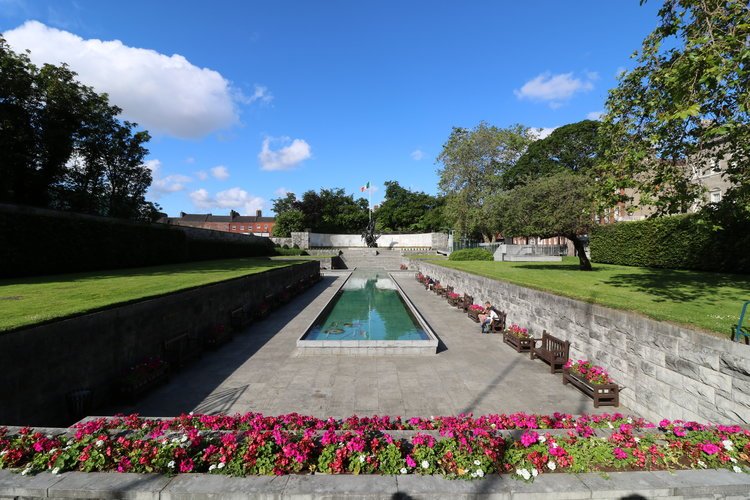
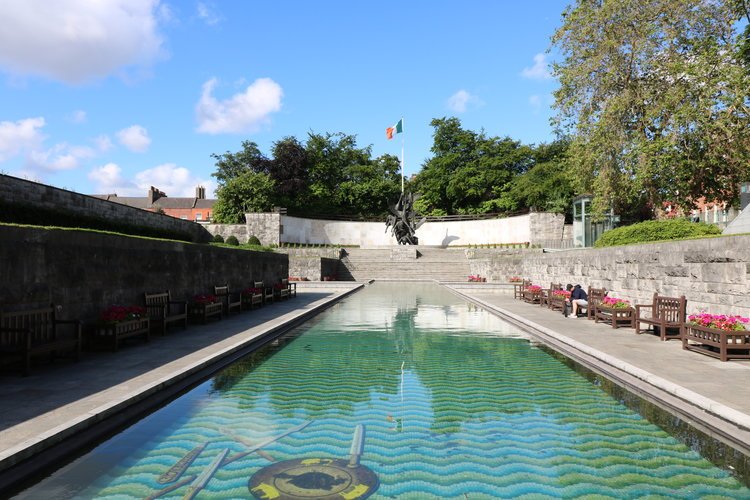

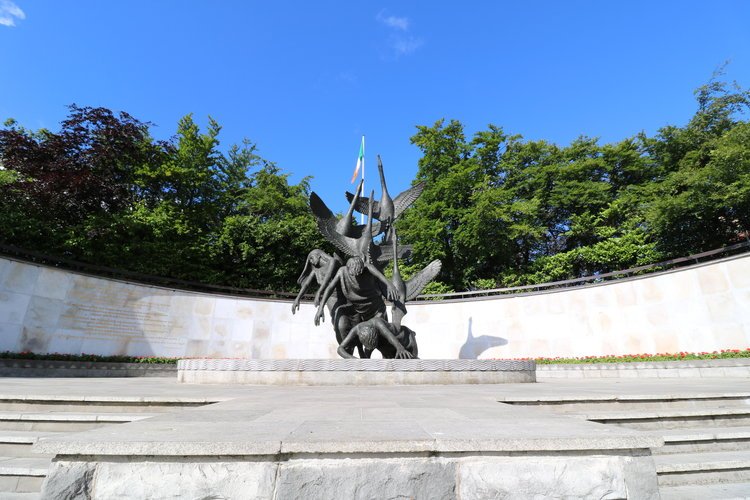
#3 Garden of Remembrance
One of the first stops we did when we landed in Dublin was to visit the Garden of Remembrance. It’s a small memorial that opens up at around 8 am and pays tribute to the fallen during the Rebellion of 1916. It’s actually right across the street from the Dublin Writers Museum and Chapter One Restaurant. It’s a very tranquil spot with some benches that you can sit at while enjoying your surroundings. Dixon and I actually spent quite some time here just enjoying the view. We eventually had to leave because we didn’t want to seem like we were homeless tourists. But from what I observed, most people just walked in and out and spent maybe 5 minutes there, which we probably would’ve done if we didn’t have so much time to spare.
#4 Arbour Hill Cemetery
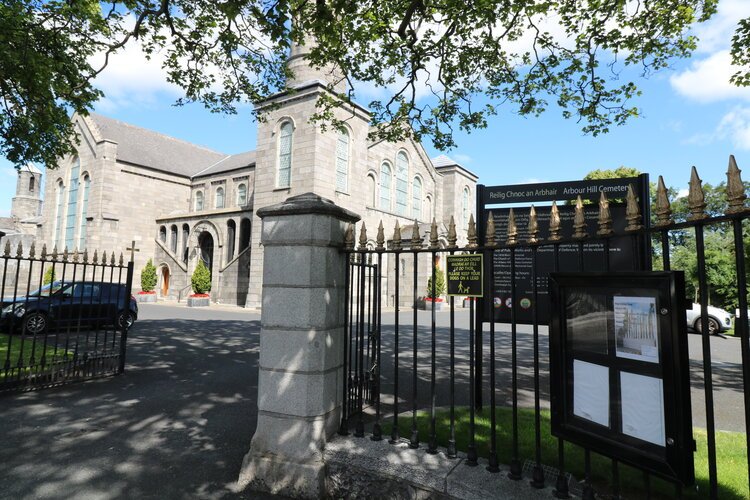
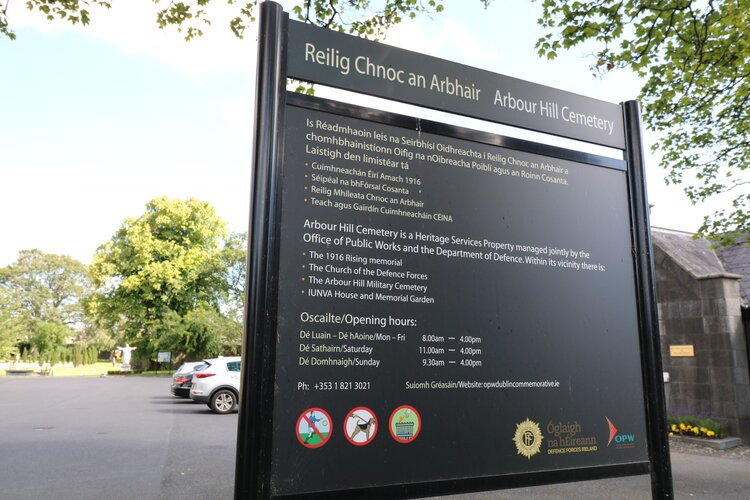

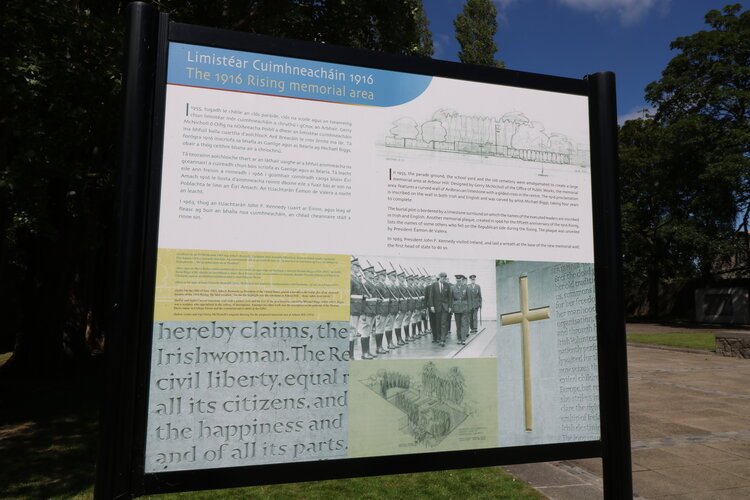

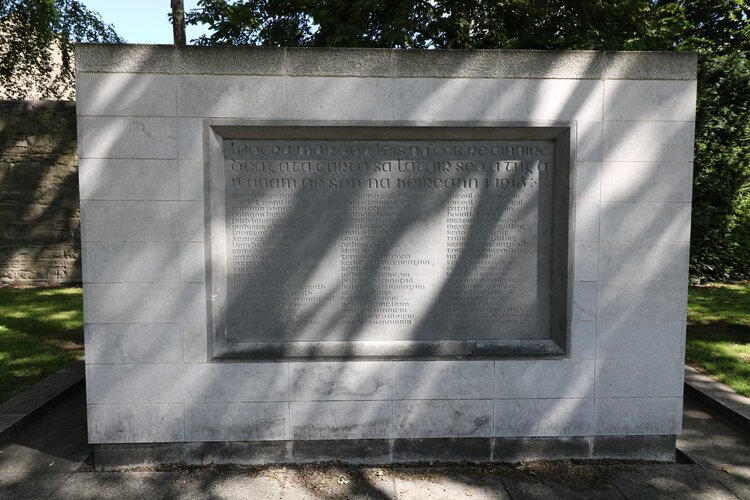
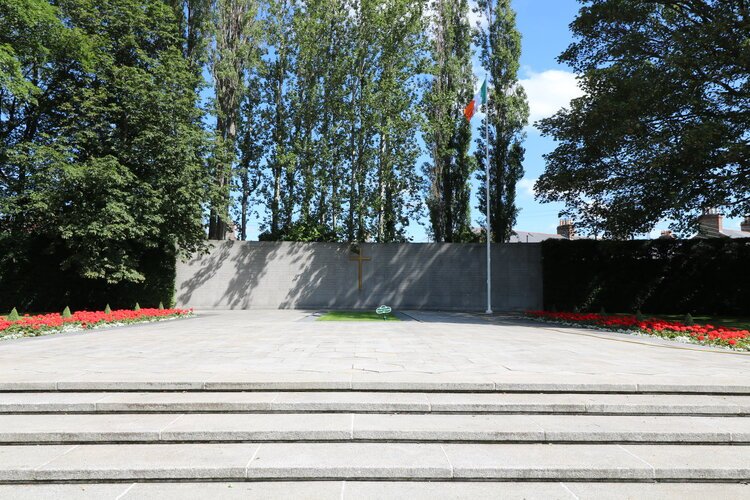
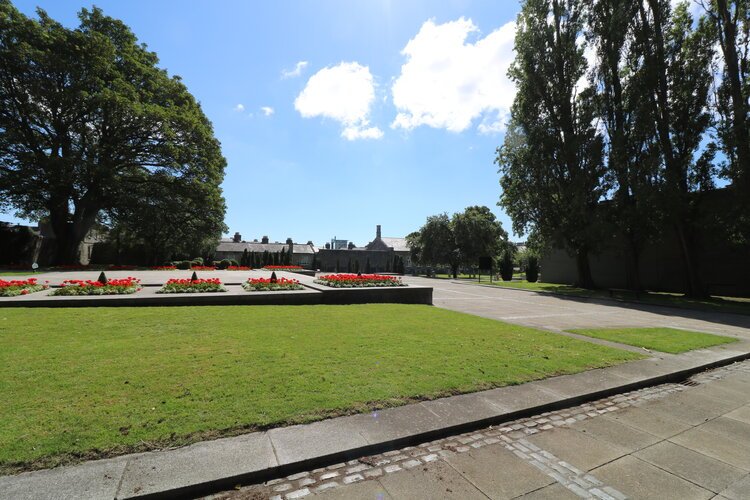
This cemetery is a bit out of the way from the heart of Dublin, but you can kill two birds with one stone with this trip if you wanted to also visit the National Museum of Ireland (or at least one annex of it). As you may have guessed, this cemetery is famous because it houses some of the fallen from the Easter Rising. But there is a small memorial here that even President Obama has visited, and may be one of the reasons this place is on the List. I don’t know if that’s good of a reason to be walking inside a cemetery, but it sure wasn’t for me. I felt weird walking through and taking pictures, but I think locals treat it as more of a park. I saw one couple having a picnic, while one guy brought his dog and started playing catch. So it’s not as somber of a place as you might think when you think of visiting a cemetery. But regardless, I would skip the journey here and save you some time.
#5 National Museum of Ireland
So, as I mentioned above, the cemetery is less than a block away from the National Museum of Ireland (Decorative Arts & History). If you felt unsatisfied visiting the cemetery, then you should try to visit this museum afterwards. You might as well since it’s so close by (and don’t worry, it’s free to enter). Now to clarify, there are a total of four museum sites, and they are broken down into these categories: 1) Archaeology, 2) Decorative Arts & History, 3) Country Life, and 4) Natural History. But I was able to visit only two of the four, Decorative Arts & History and Natural History. The first site I was able to visit was the Decorative Arts & History, which was the specific museum site that Patricia had recommended visiting. I was a bit indifferent about this visit, because it had some cool exhibits and artifacts displayed. But once again, like most museums in Dublin, it felt there were ample amounts of space and not much utilization of it. I went through small rooms and narrow corridors that were packed with displays, but then you step out onto this giant courtyard. It didn’t make sense to me. The museum had its moments of awe, but then shortly after I was bored. So I couldn’t really say either way whether I liked it or not. BUT, the Natural History museum I visited, blew me away and really caught my attention. Well, I may be exaggerating a little bit. I was expecting the same old stuff I’ve been experiencing my entire stay in Dublin so I went in with low expectations, but this place really redeemed Dublin’s museum experience. However, I was somewhat freaked out and really intrigued by how many stuffed animals there were. If you love taxidermy, then you would be in heaven. I think kids would love it even more. Hands down, the best museum I went to in Dublin.

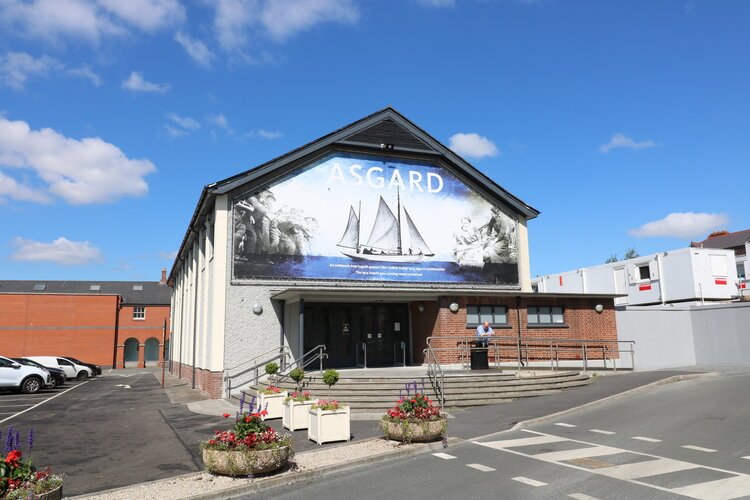
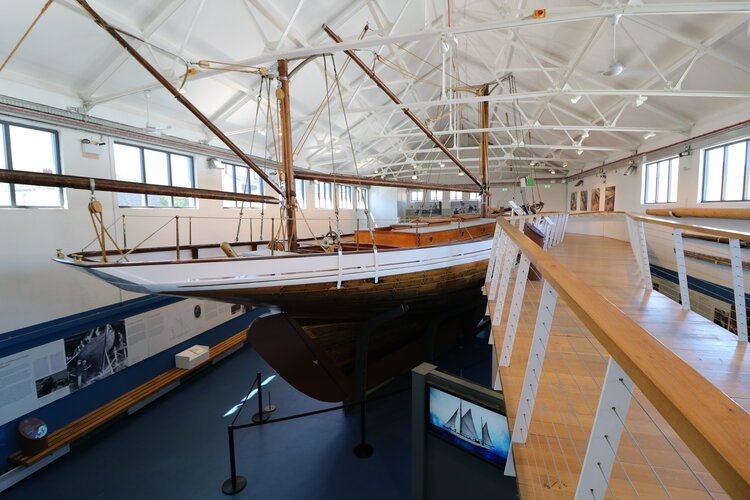


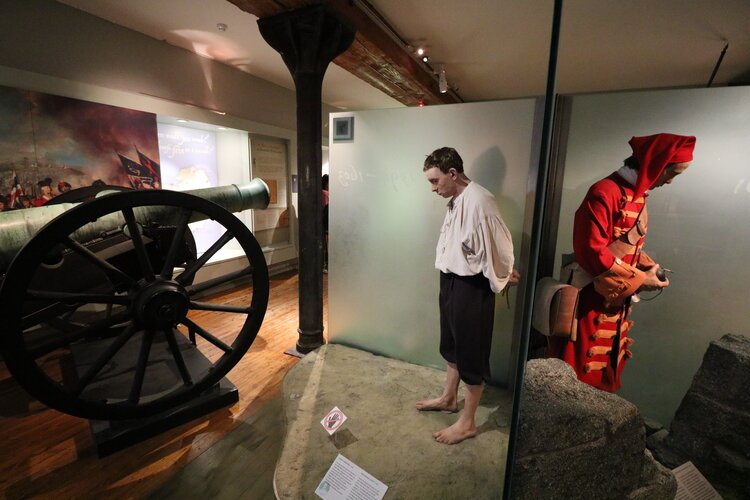

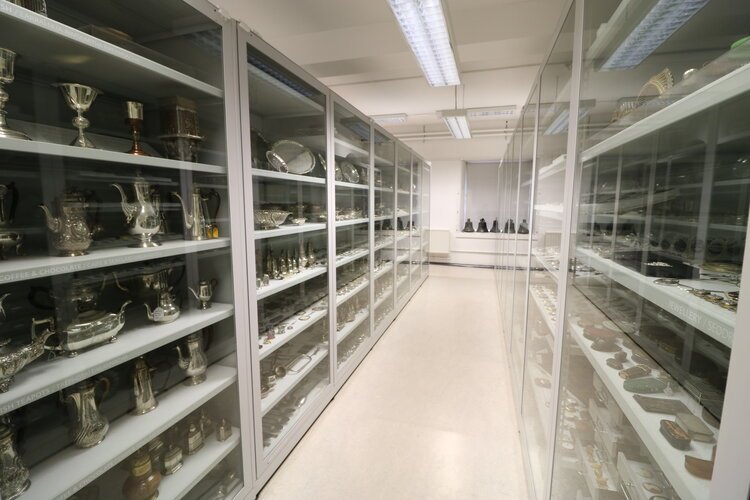
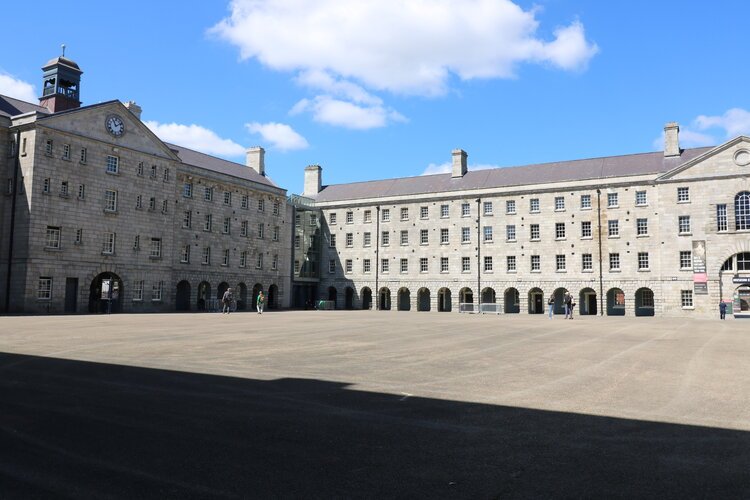
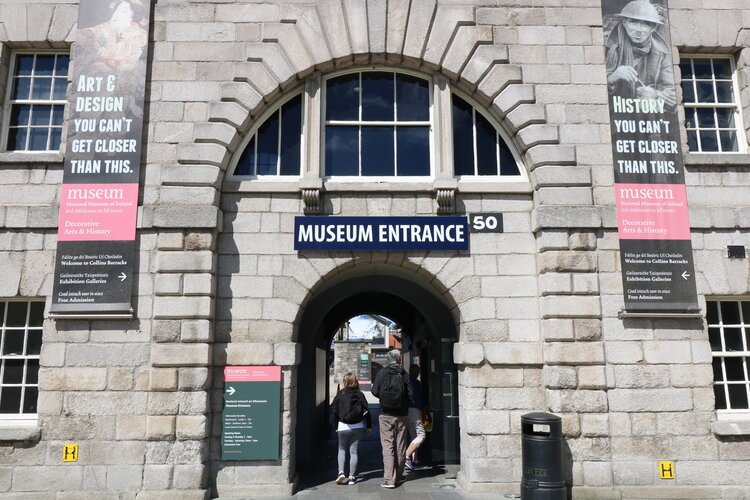
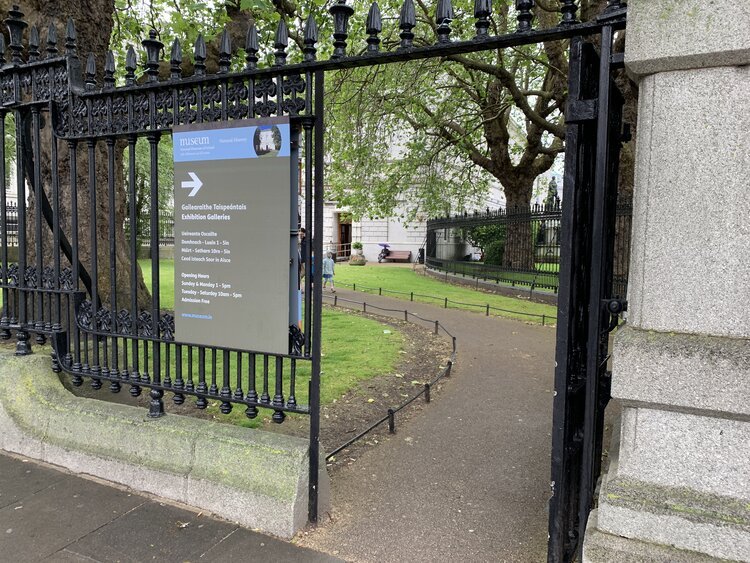
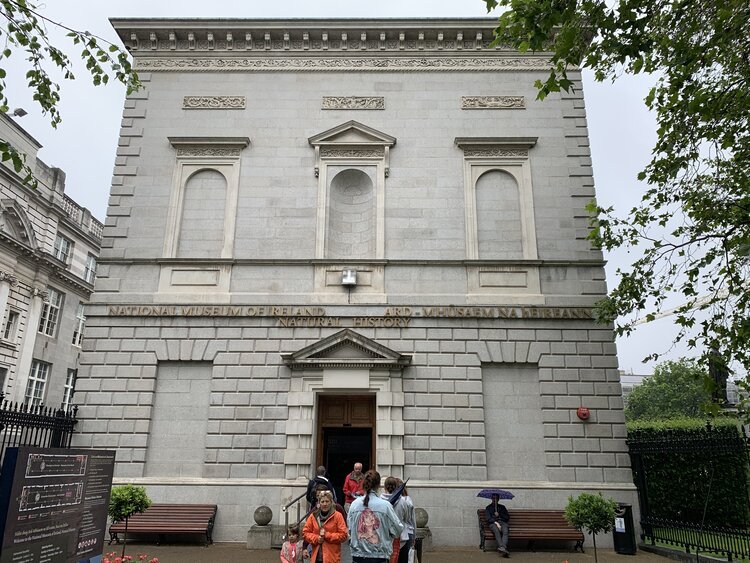
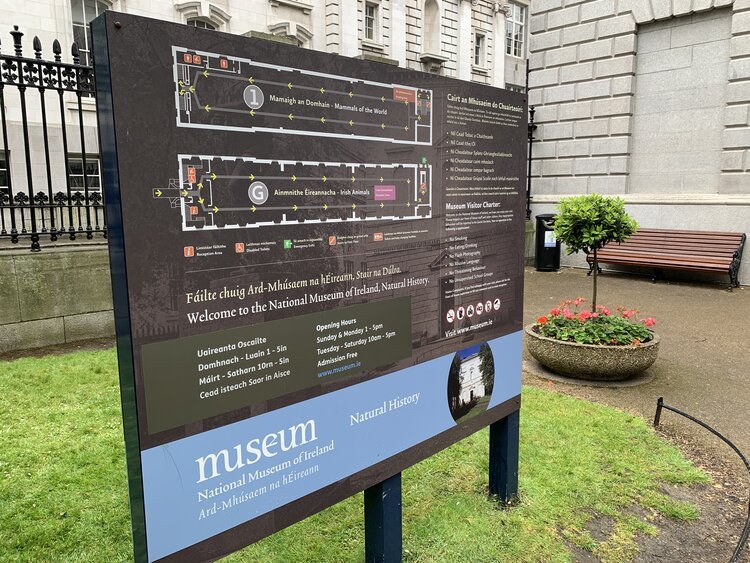
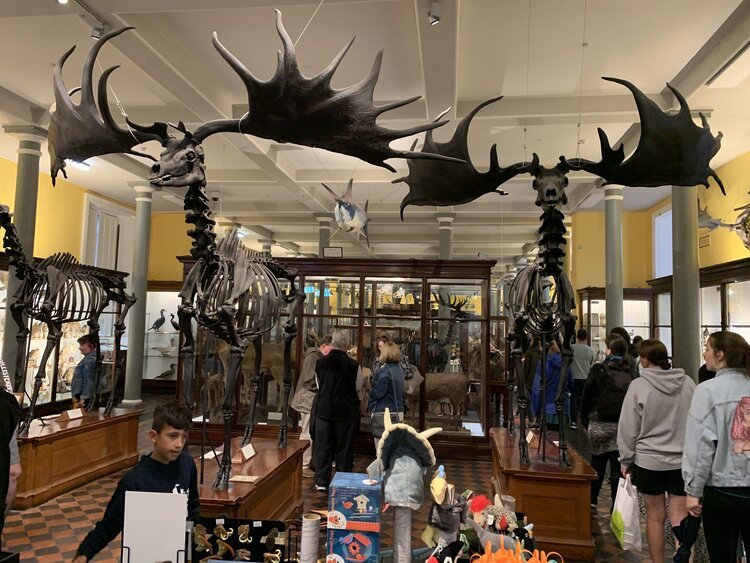
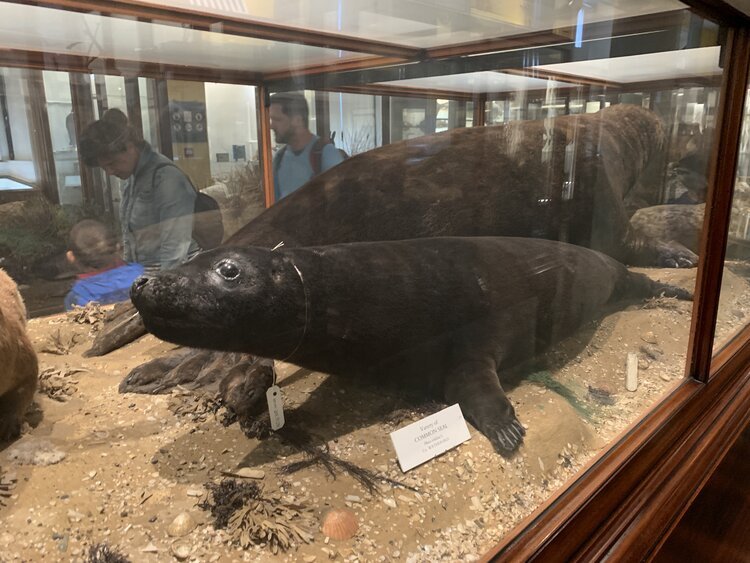
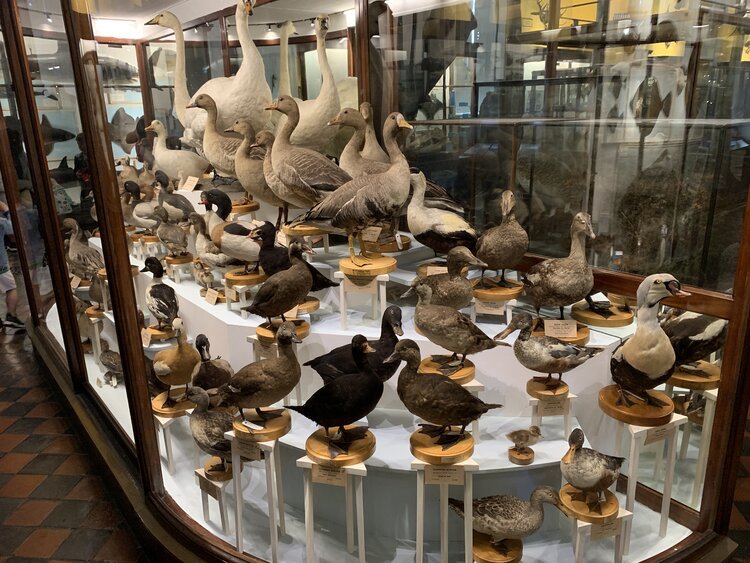

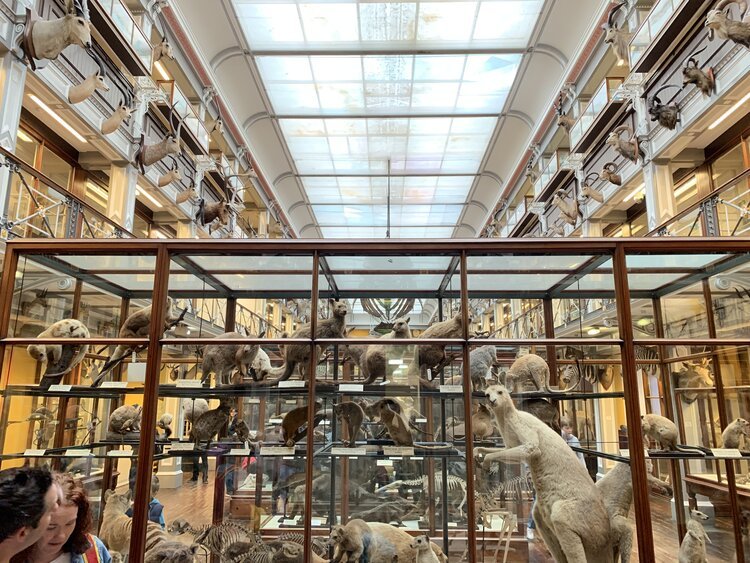
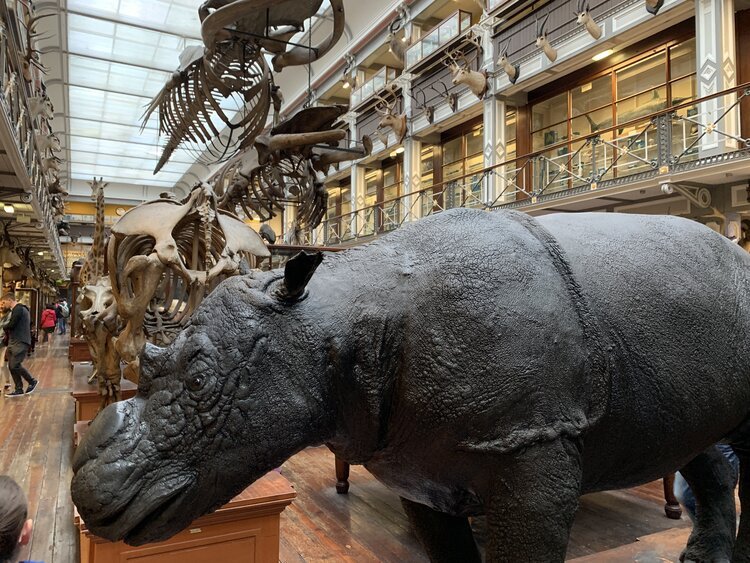
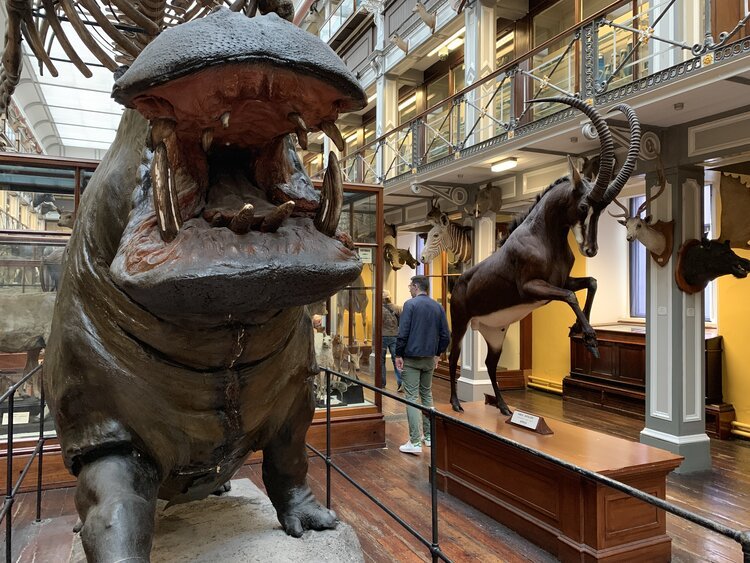
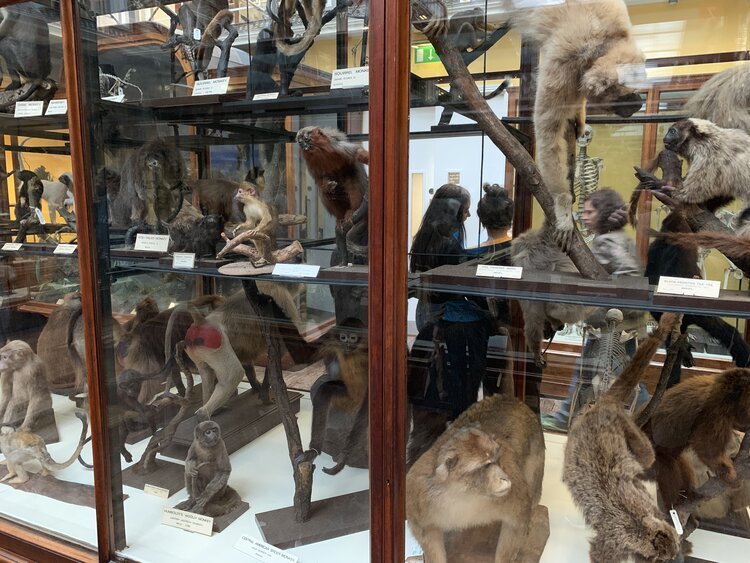
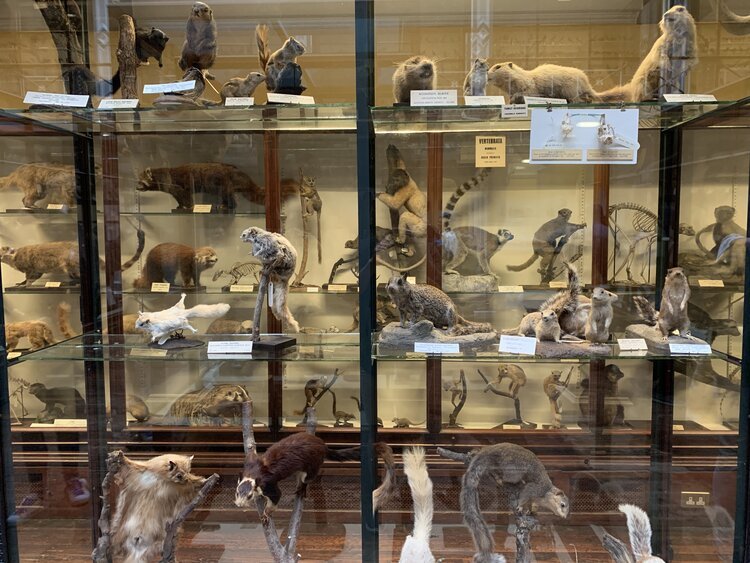
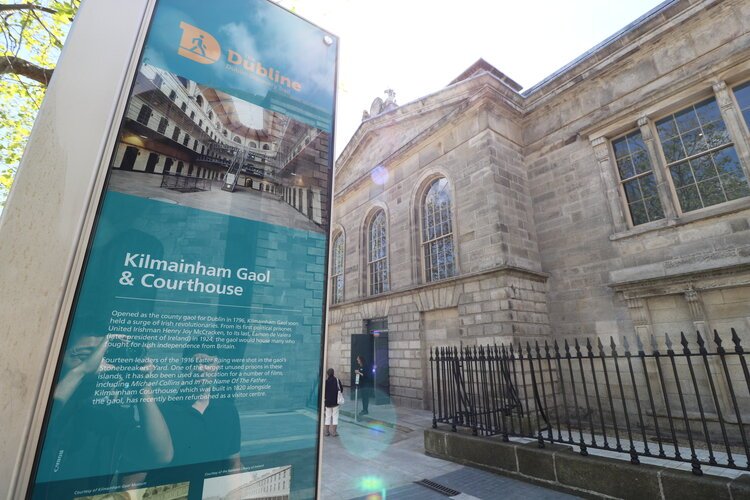
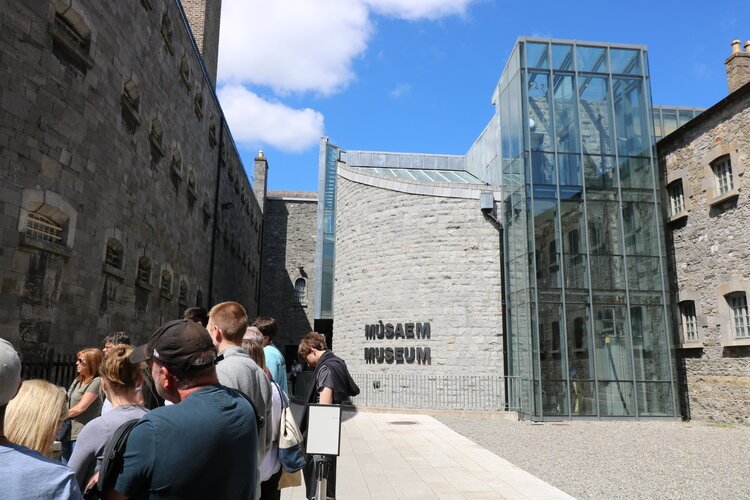
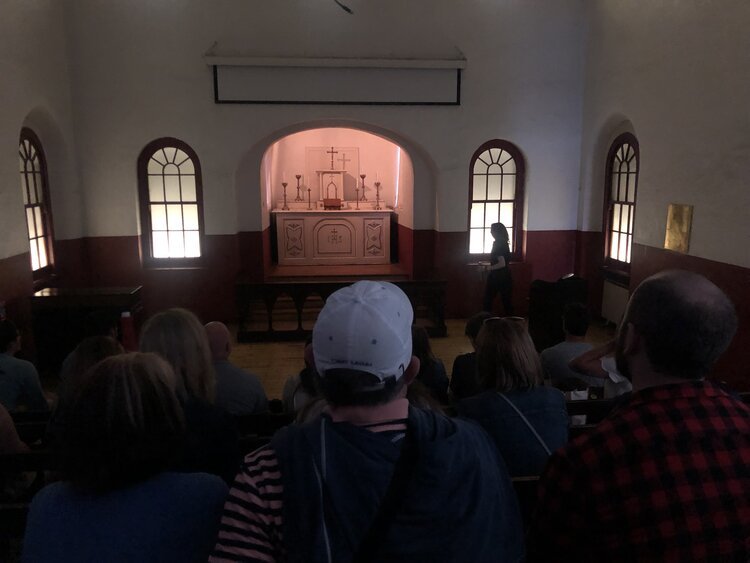
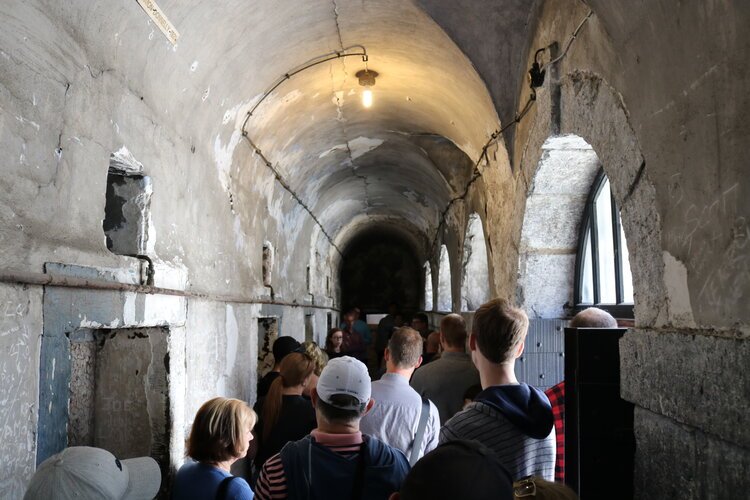
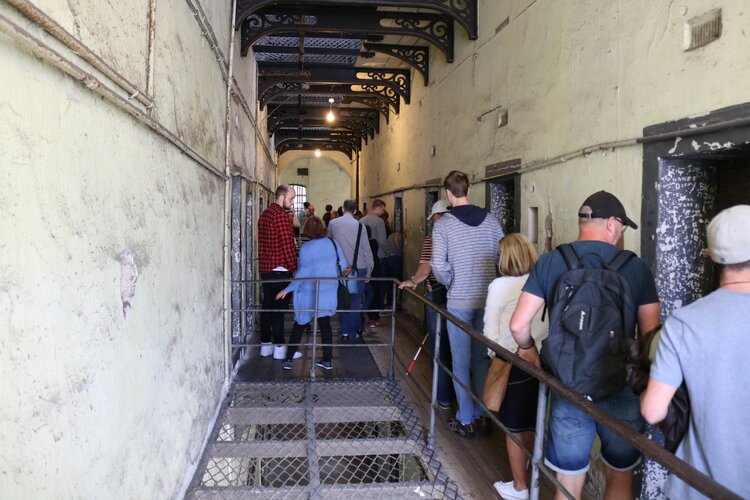
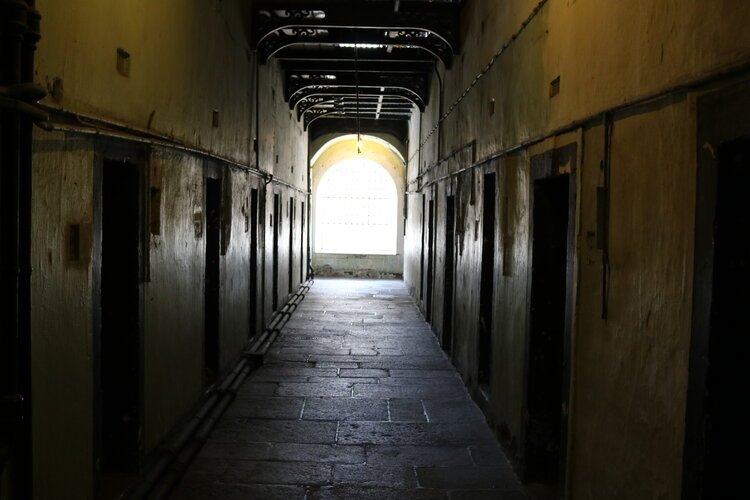
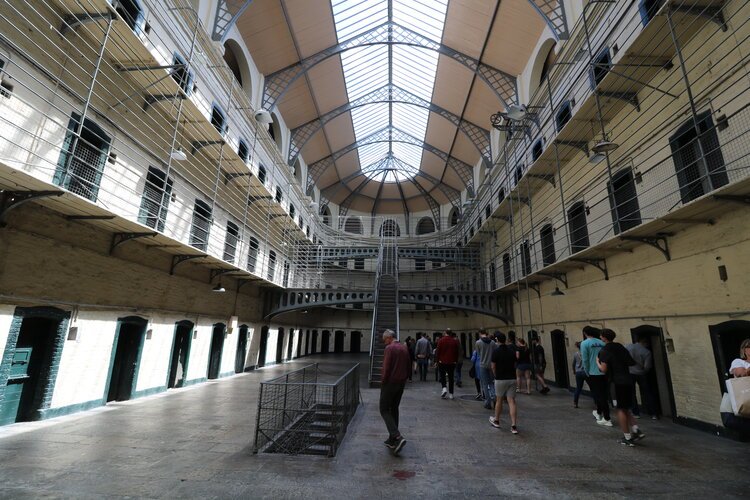
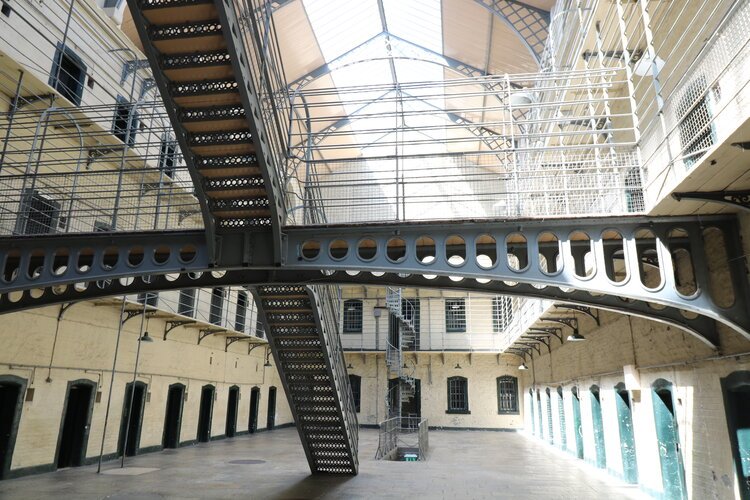
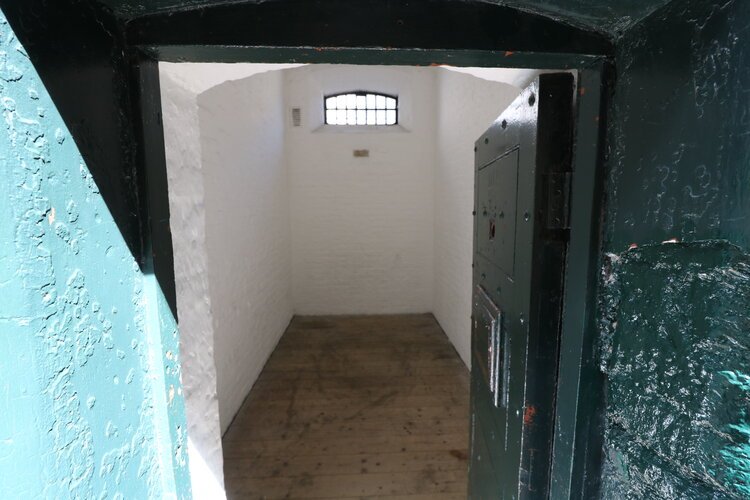
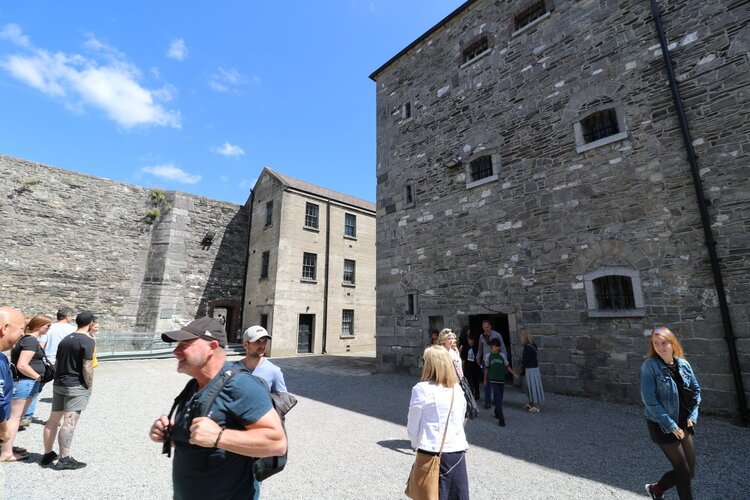
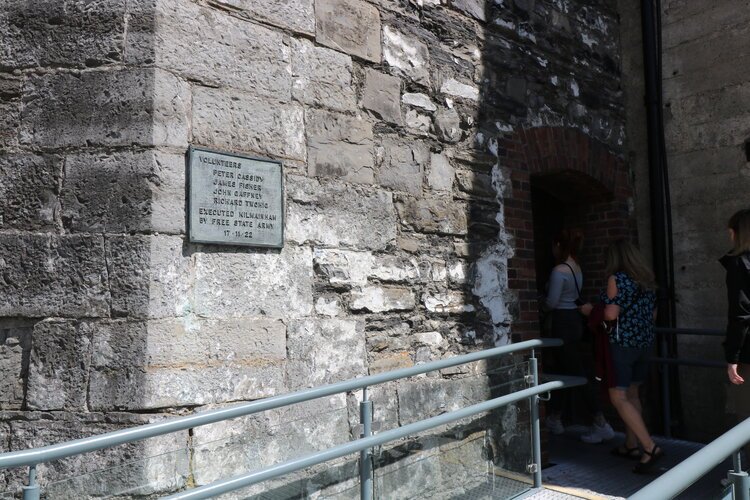

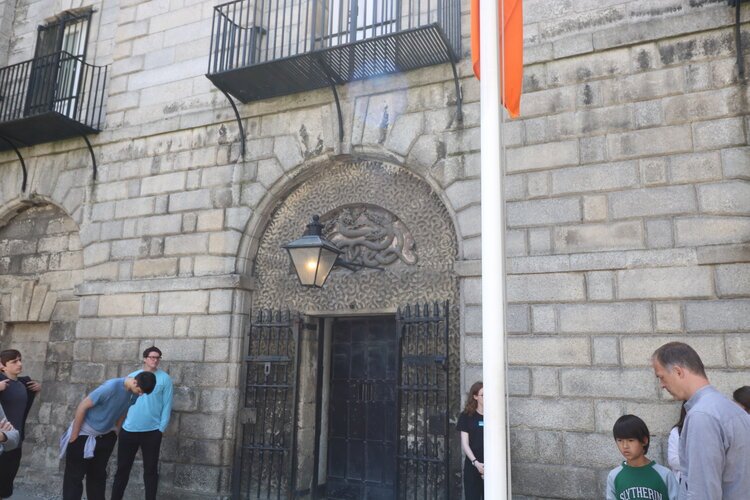
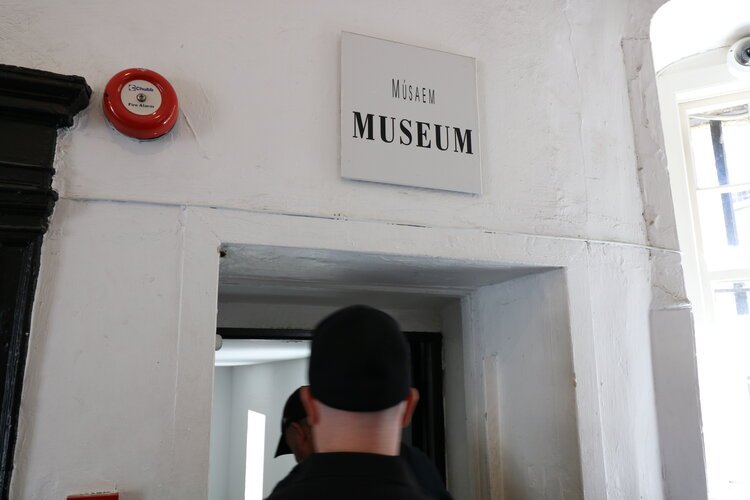
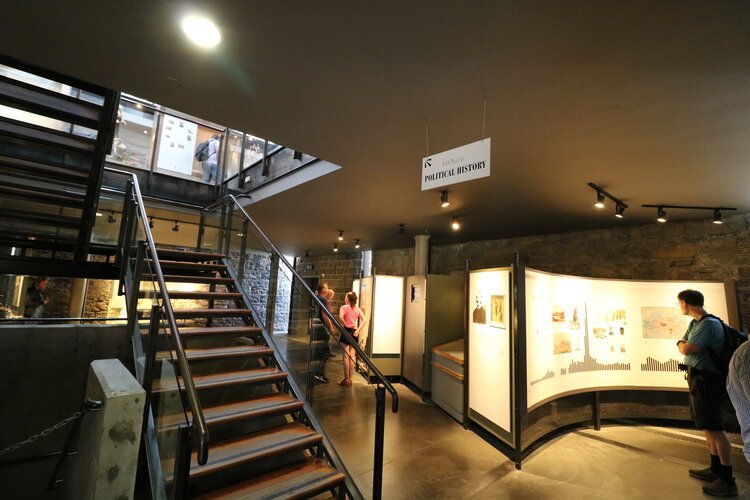
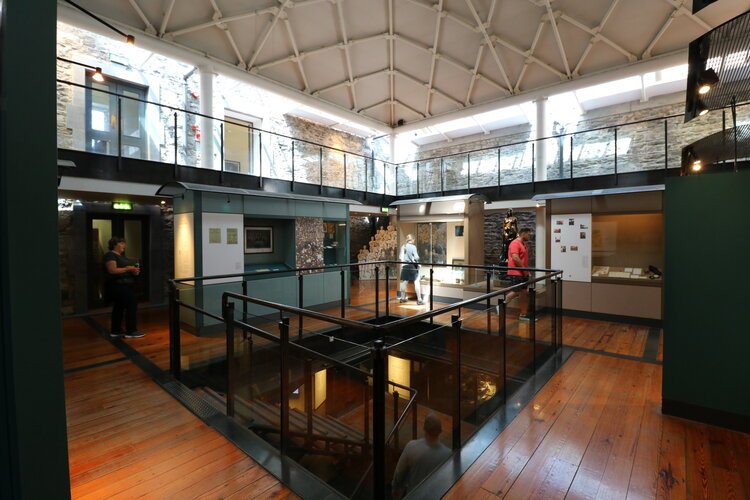
#6 Kilmainham Gaol
Last, but not least, I went to visit Kilmainham Gaol. Out of the sites that were not museums, this one would top my list. If you’ve ever been to Alcatraz in San Francisco, I would consider this place a similar experience. After you purchase your timed ticket, you’ll be assigned to a group that you tour the prison with. As I mentioned before, taking the Rebellion Walking Tour will help you in understanding the names being thrown at you by the tour guide. Even if you didn’t take the walking tour, no need to fret, the guide ends up giving you a brief history of the prison. The main prison itself is quite beautiful aesthetically, even though it comes with such grim historical significance. It was quite interesting to see how different the prison system was in Ireland compared to the U.S., and how there were no bathrooms in the prison stalls! Overall, you should definitely check it out. It’s really cool.
Dublin is a small European city that you can easily conquer in a few days. I didn’t have any trouble getting around in the city and everything is accessible by foot or bus. There’s a very small river that splits the city in half, so I would recommend spending half your time on either side to make it more convenient on you traveling to and from places. I also saved a lot of money by buying a Dublin Pass that gave me access to all the attractions I could go to in a day for one low price. But they also have multi-day passes too if you wanted to space your visits out with more time.